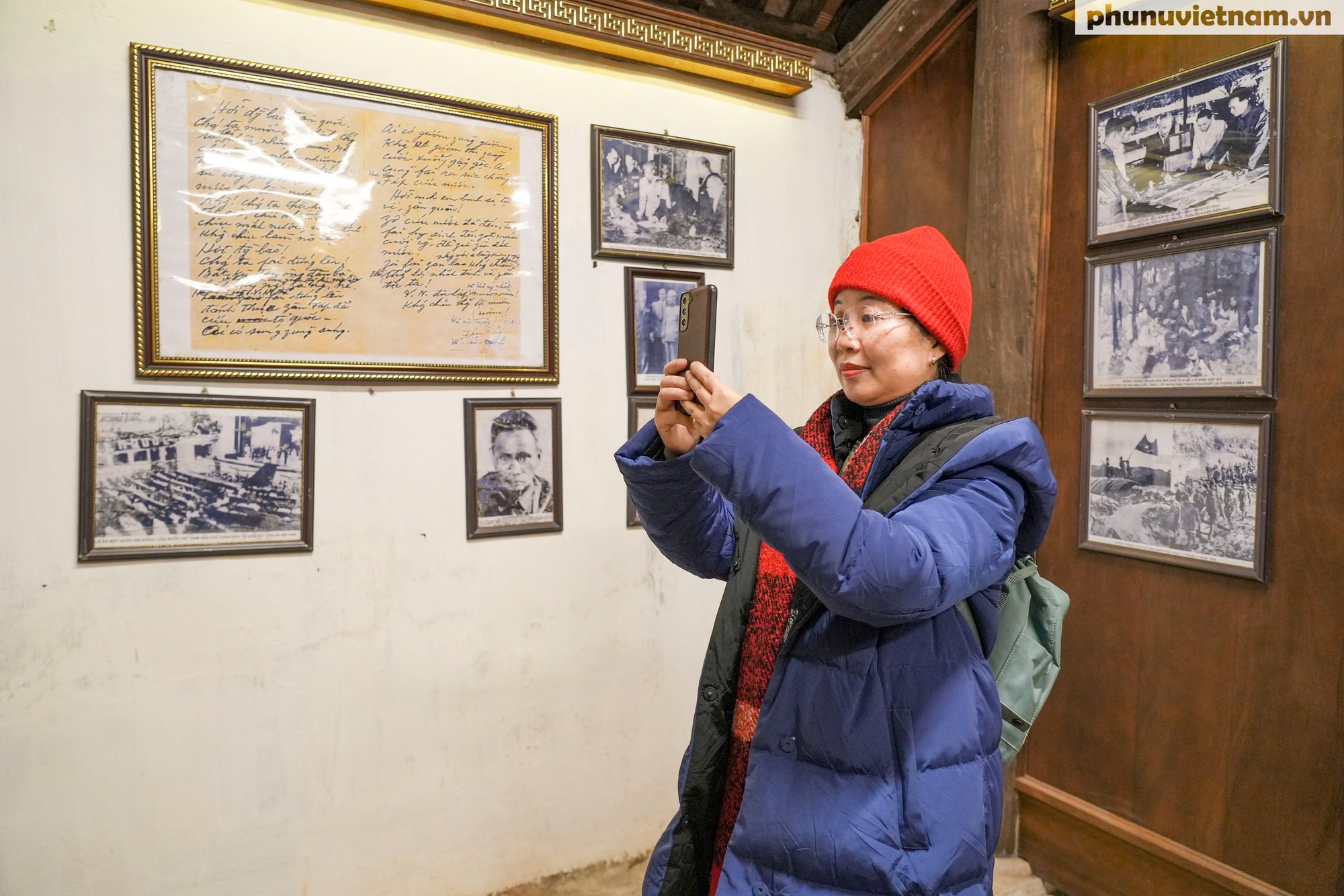On December 19, 1946, President Ho Chi Minh issued the Call for National Resistance. During the turbulent days of the war, he stayed at Mot Mai Pagoda (Sai Son Commune, Quoc Oai District, Hanoi) for one month to lead the people in resisting French colonial forces.

Mot Mai Pagoda (also known as Boi Am Tu) is part of the Thay Pagoda Special National Relic Site in Sai Son Commune, Quoc Oai District, Hanoi. The pagoda sits at the foot of Sai Son Mountain and was built in the late 19th century, showcasing the distinctive architectural style of the Nguyen Dynasty.

The front hall consists of three compartments running along the outer side.


The main hall has only one roof, leaning against the mountain wall.

The Buddha statues in the pagoda are placed directly on stone pedestals along the mountainside, creating a tranquil and sacred atmosphere.

Beyond its spiritual and religious significance, Mot Mai Pagoda played a crucial historical role. From February 3, 1947, to March 2, 1947, President Ho Chi Minh stayed here to lead the national resistance against French colonial rule.

Many key decisions, decrees, and directives were discussed and finalized here by President Ho Chi Minh and senior leaders of the Communist Party and Government.

The pagoda complex still preserves “Uncle Ho Cave”, a stone-built chamber where President Ho Chi Minh rested during his stay.

A Memorial House Honoring President Ho Chi Minh

In 1957 and 1958, President Ho Chi Minh revisited Mot Mai Pagoda, reflecting its deep historical significance.

Today, the Memorial House within the relic site preserves many valuable artifacts and images, including a coat once worn by President Ho Chi Minh; photos of his visit to Mot Mai Pagoda in 1959; and handwritten notes from his time staying and working at the pagoda.
BTA (Photos: phunuvietnam.vn)